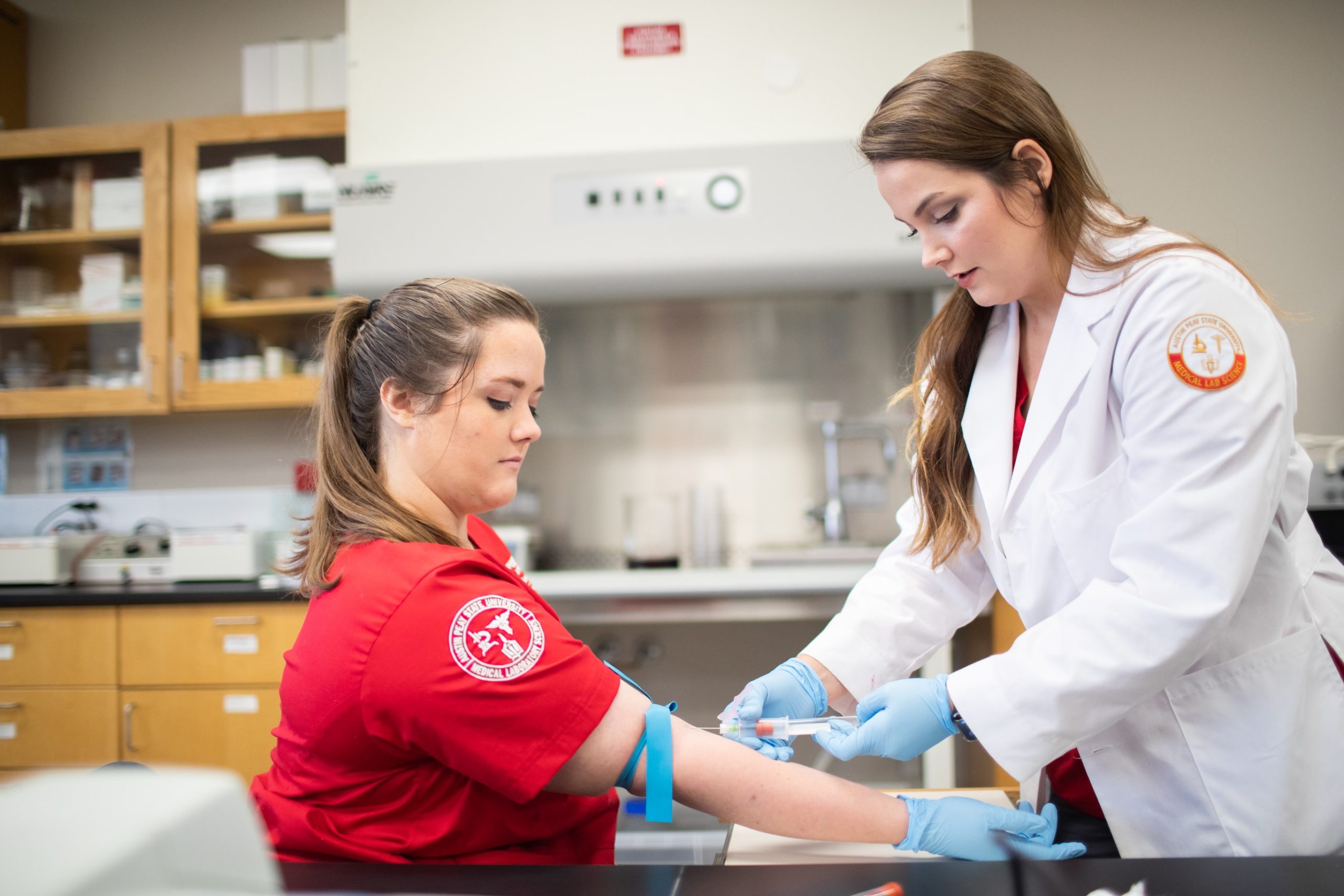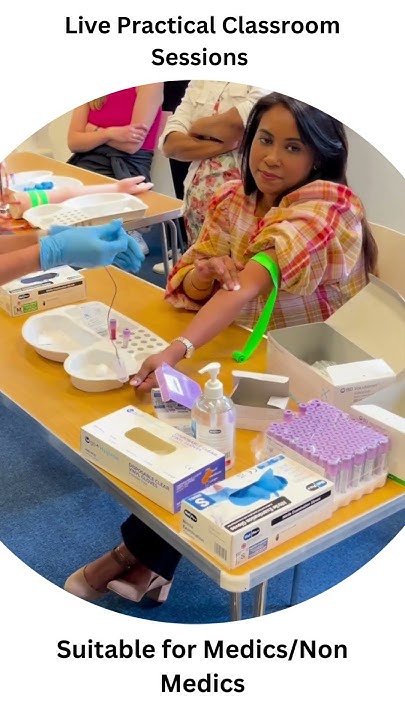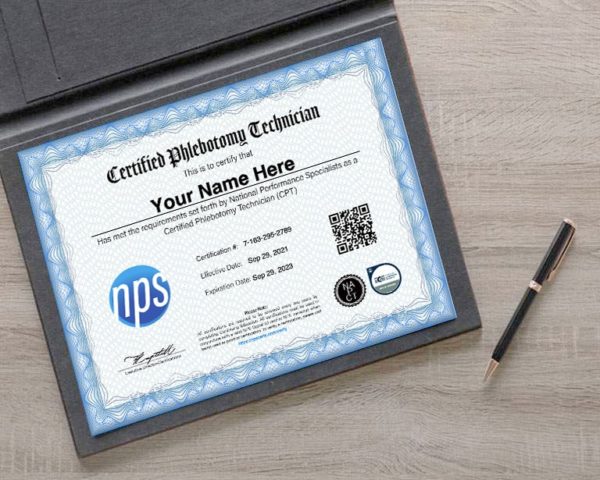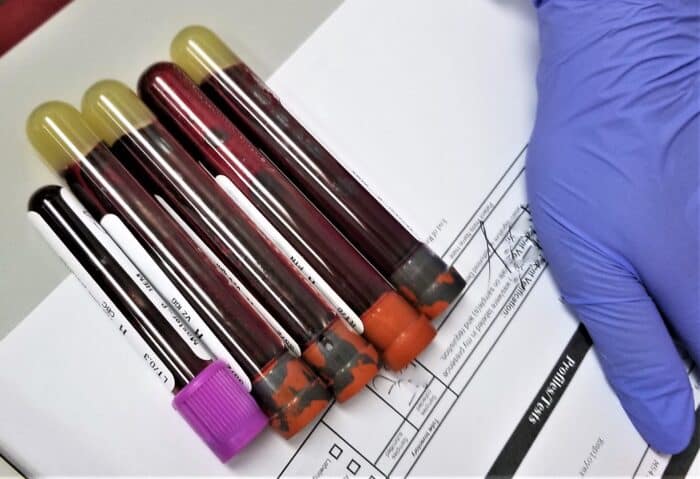How To Get Recertified As A Phlebotomist

For phlebotomists, maintaining certification is crucial for career longevity and demonstrating competency in a rapidly evolving healthcare landscape. Recertification ensures that these professionals stay updated on the latest techniques, safety protocols, and regulatory changes. Here’s a comprehensive guide on navigating the recertification process.
Understanding the specifics of recertification is paramount. Phlebotomists must proactively manage their certifications to avoid any lapse in their professional standing.
Why Recertify?
Recertification isn't merely a formality. It signifies a commitment to ongoing professional development and adherence to current industry standards.
Many employers require active certification as a condition of employment, and it can also influence career advancement opportunities.
Who Needs to Recertify?
The requirement to recertify depends on the certifying agency. Prominent organizations like the American Society for Clinical Pathology (ASCP) and the National Healthcareer Association (NHA) have distinct recertification policies.
Phlebotomists should consult their specific certifying body for detailed information.
Key Certifying Agencies
The ASCP, a leading certification body, requires certified phlebotomists (PBTs) to recertify every three years. According to the ASCP website, recertification can be achieved through continuing education or by retaking the certification exam.
Similarly, the NHA mandates recertification for its Certified Phlebotomy Technician (CPT) credential every two years.
The NHA also offers various continuing education resources to assist in maintaining certification.
How to Recertify: A Step-by-Step Guide
The recertification process typically involves several key steps. Firstly, it's essential to identify the expiration date of your current certification.
Secondly, gather the required continuing education units (CEUs) or prepare to retake the certification exam. Finally, submit the recertification application and any necessary fees to the certifying agency before the expiration date.
Continuing Education Units (CEUs)
Earning CEUs is a common pathway to recertification. The number of CEUs required varies depending on the certifying body.
The ASCP, for example, requires PBTs to complete 6 CEUs in phlebotomy or related laboratory areas within their three-year certification cycle.
These CEUs can be obtained through various sources, including workshops, conferences, online courses, and employer-provided training programs. Reputable providers such as the American Medical Technologists (AMT) offer CEU opportunities for phlebotomists.
Retaking the Certification Exam
For some, retaking the certification exam might be the preferred or required method for recertification. This option allows phlebotomists to demonstrate their current knowledge and skills through a comprehensive assessment.
Certification agencies often provide study materials and practice exams to help candidates prepare for the retake.
When to Start the Recertification Process
Procrastination can lead to lapsed certifications. Start the recertification process well in advance of your certification's expiration date.
Allow ample time to gather CEUs, prepare for the exam (if necessary), and complete the application process.
Most certifying agencies send out reminders months before the expiration date, but ultimately, it's the phlebotomist's responsibility to track and manage their certification.
The Impact of Lapsed Certification
Allowing a phlebotomy certification to lapse can have significant consequences. It can restrict employment opportunities and may require individuals to retake the entire certification exam, potentially involving additional costs and time.
Some employers may not allow phlebotomists with expired certifications to perform specimen collection, affecting patient care.
Resources and Support
Numerous resources are available to assist phlebotomists with the recertification process. Professional organizations like the ASCP, NHA, and AMT offer comprehensive information on their websites.
They also provide customer support to answer questions and guide individuals through the process. Engaging with professional networks and colleagues can also provide valuable insights and support.
"Staying certified isn't just about meeting a requirement; it's about demonstrating a commitment to excellence and patient safety," says Sarah Miller, a certified phlebotomist with over 10 years of experience.
Recertification is a continuous journey of learning and professional development. By understanding the requirements, planning ahead, and utilizing available resources, phlebotomists can maintain their certification and continue to provide high-quality patient care.


















